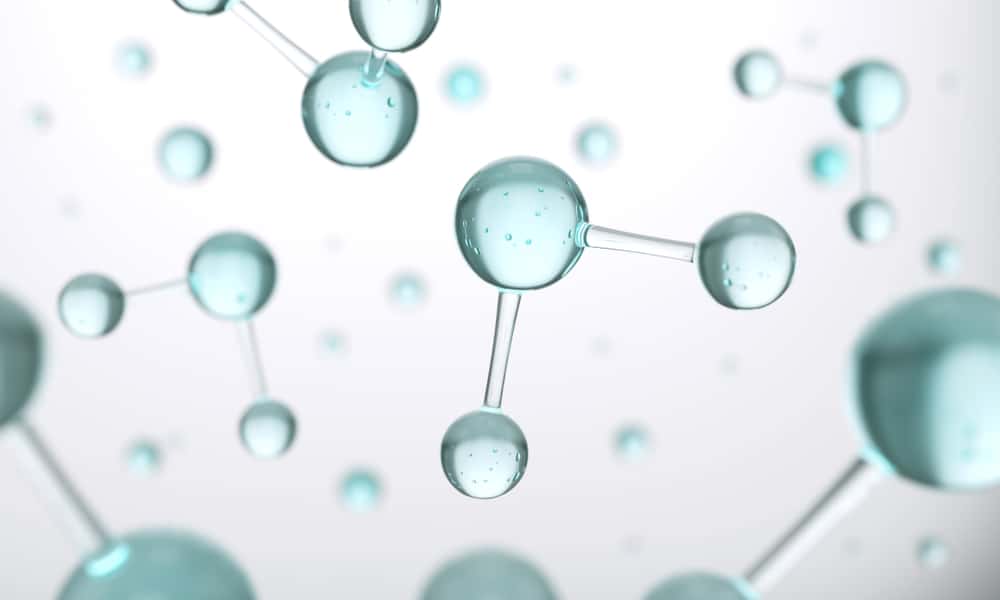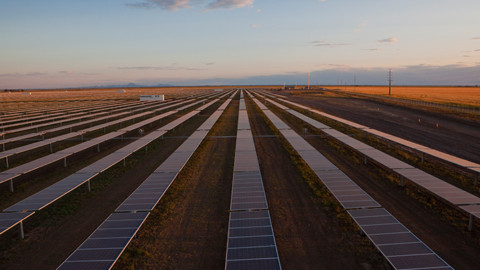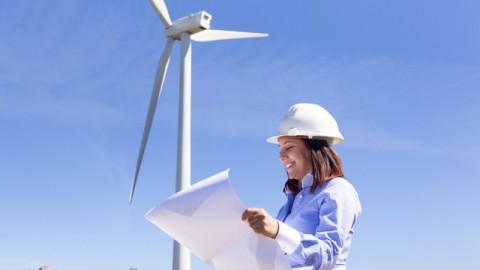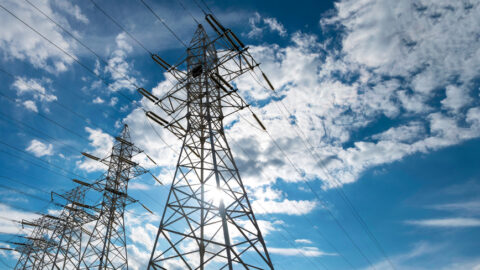Geoscience Australia has released a new report which identifies and maps regions that have high potential for hydrogen production.
The report has found that:
- Every state and territory has regions that are highly prospective for hydrogen production
- Over 200,000 square kilometres of land is highly prospective for renewables based hydrogen production
The study considered low emissions hydrogen production methods, including:
- Hydrogen production from electrolysis using renewable energy sources like wind, solar and hydro
- Fossil fuel-derived hydrogen coupled with carbon capture and storage (CSS)
These production methods require proximity to different resources. Renewable energy resources, grid access and water are important for electrolysis; gas, coal, water and carbon storage sites are critical for CCS hydrogen.
Geoscience Australia prepared the report to inform the National Hydrogen Strategy. It is currently developing an online tool that will enable potential investors, state governments and other stakeholders to assess regions in more detail.
Minister for Resources and Northern Australia, Matt Canavan, said, “We have the resources, know-how, infrastructure and research base to produce and supply clean hydrogen to the world, and this report shows every Australian state and territory has regions with excellent prospects for hydrogen production.
“There are more than 200,000 square kilometres of land rated as having great prospects for supporting renewable hydrogen production, confirming our potential for hydrogen production.”
The Minister has also signed a Letter of Intent that Australia will collaborate with South Korea and develop a Hydrogen Action Plan by the end of the year.
“I’ll be using my time in South Korea to promote our outstanding potential as a hydrogen supplier with the South Korean Government and company executives. I’ll explain how Australia has been investing heavily in hydrogen projects and outline our National Hydrogen Strategy, which will map out the steps we can take to develop a sustainable and commercial hydrogen industry.”
Under the Letter of Intent with South Korea, the planned Hydrogen Action Plan will promote hydrogen cooperation under existing energy and resources bilateral agreements.
Minister Canavan will further reinforce Australia’s capacity to grow its hydrogen sector when he addresses the Hydrogen Energy Ministerial Meeting in Tokyo.
Energy and Emission Reduction Minister, Angus Taylor, welcomed the findings of the report and said hydrogen was uniquely placed to provide reliable power through storage and transport of energy.
“Hydrogen has the potential to be a major new industry over coming decades, similar to the scale of the LNG industry in Australia. The development of our hydrogen resources could also create new Australian jobs and an export industry valued in the billions,” Minister Taylor said.
“The Government has already invested more than $140 million into hydrogen projects, partnering with industry to develop tangible solutions that are important for bringing down energy prices while keeping the lights on for Australian households and small businesses.”
The National Hydrogen Strategy is expected to be released by the end of 2019.
Read the full report here.
















